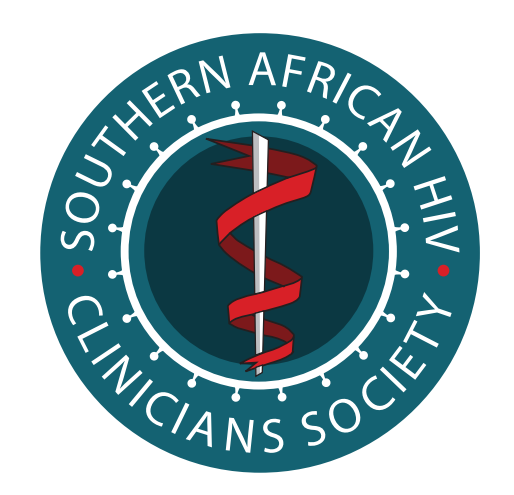Original Research
The influence of haemodialysis on CD4+ T-cell counts in people living with human immunodeficiency virus with end-stage kidney disease
Submitted: 07 July 2020 | Published: 21 December 2020
About the author(s)
Melanie Pretorius, Department of Molecular Medicine and Haematology, Faculty of Health Sciences, University of the Witwatersrand, Johannesburg, South Africa; and, National Health Laboratory Services, Johannesburg, South Africa; and, Charlotte Maxeke Johannesburg Academic Hospital, Johannesburg, South AfricaEstee Benade, Department of Laboratory Medicine, Saskatchewan Health Authority, Regina, Saskatchewan, Canada
June Fabian, School of Clinical Medicine, Faculty of Health Sciences, Wits Donald Gordon Medical Centre, University of the Witwatersrand, Johannesburg, South Africa
Denis Lawrie, Department of Molecular Medicine and Haematology, Faculty of Health Sciences, University of the Witwatersrand, Johannesburg, South Africa; and, National Health Laboratory Services, Johannesburg, South Africa; and, Charlotte Maxeke Johannesburg Academic Hospital, Johannesburg, South Africa
Elizabeth Mayne, National Health Laboratory Services, Johannesburg, South Africa; and, Charlotte Maxeke Johannesburg Academic Hospital, Johannesburg, South Africa; and, Department of Immunology, Faculty of Health Sciences, University of the Witwatersrand, Johannesburg, South Africa
Abstract
Background: In South Africa it is estimated that 7.9 million people are living with human immunodeficiency virus (HIV). HIV is associated with an increased risk of kidney disease. For people living with HIV (PLWH) who develop end-stage kidney disease (ESKD), access to renal replacement therapy can be difficult. Kidney transplantation is a cost-effective option, with improved overall survival and better quality of life. In Johannesburg, the eligibility criteria for kidney transplantation include a sustained CD4+ T-cell count of > 200 cells/μL and suppressed HIV replication.
Objective: To investigate the influence of haemodialysis on the lymphocyte subsets in PLWH with ESKD. In addition, all available %CD4+ T-cell counts, absolute CD4+ T-cell counts and viral load measurements were collected to assess the longitudinal trends of these measurements in PLWH with ESKD.
Methods: This was a cross-sectional study comparing two groups. The HIV-infected study participants (n = 17) and HIV-uninfected controls (n = 17) were recruited from renal dialysis centres in Johannesburg from 2017 to 2018. Demographic data and social data were collected from all the study participants (n = 17). Blood samples were collected from all the study participants (before and after a haemodialysis session), and the lymphocyte subsets were then measured. The available longitudinal data for the serial CD4+ T-cell counts and HIV viral loads were collected (n = 14).
Results: Our cohort showed a statistically significant increase in the post-dialysis percentage of CD4+ T cells (5%, p < 0.001) and the absolute CD4+ T-cell counts (21 cells/µL, p < 0.03). The longitudinal trend analysis for the percentage of CD4+ T cells revealed a significant increase in five participants (36%), and a single patient (7%) had a significant decrease in the longitudinal trend analysis for the absolute CD4+ T-cell counts. The longitudinal trend analysis for HIV viral load revealed the majority of our participants were not virologically suppressed.
Conclusion: This study showed that haemodialysis does not have an immediate negative impact on CD4+ T-cell count, suggesting that immunologic recovery is not impeded by treatment of the underlying ESKD.
Keywords
Metrics
Total abstract views: 2144Total article views: 2644
